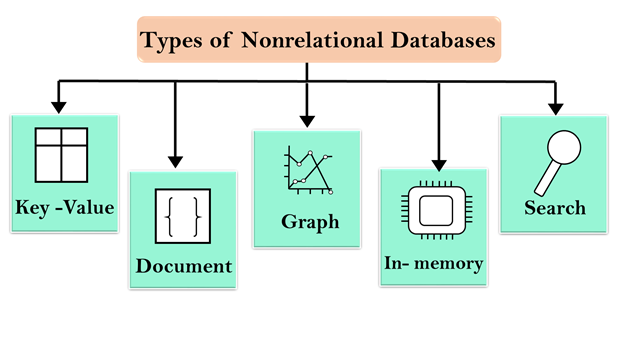Non-Relational Database
What is a Non-Relational Database?
Definition:
A non-relational database, also known as NoSQL (Not Only SQL), is a type of database management system that diverges from the traditional relational database model. Unlike relational databases, which use structured tables and schemas to organize data, non-relational databases adopt a more flexible approach, accommodating various data models. These databases are designed to handle large volumes of unstructured or semi-structured data and offer scalability and performance advantages in specific use cases.
Analogy:
Imagine a traditional library (relational database) where books are neatly organized on shelves with predefined categories and relationships. Now, think of a non-relational database as a digital library where information is stored more flexibly, not bound by strict categories, making it easier to adapt to different types of content and changes.
Further Description:
Non-relational databases can take several forms, each catering to different data storage and retrieval needs:
Document Stores: These databases store data in flexible, JSON-like documents, allowing for easy representation of hierarchical structures. Examples include MongoDB and CouchDB.
Key-Value Stores: Data is stored as key-value pairs, offering simplicity and high scalability. Redis and DynamoDB are examples of key-value stores.
Column-Family Stores: Data is organized into columns rather than rows, suitable for analyzing large datasets. Apache Cassandra is a popular column-family store.
Graph Databases: These databases focus on relationships between data entities, making them ideal for scenarios involving complex relationships. Neo4j is a well-known graph database.
Why is a Non-Relational Database Important?
Scalability: Non-relational databases excel at handling large volumes of data and can scale horizontally to accommodate increased demand.
Flexibility: They provide a more adaptable data model, making it easier to work with diverse and evolving data structures.
Performance: In certain scenarios, non-relational databases can outperform traditional relational databases, especially when dealing with unstructured or semi-structured data.
Agility: Non-relational databases are well-suited for agile development practices, allowing for faster iterations and changes to the data model.
Examples and Usage:
MongoDB: A widely used document store, MongoDB is employed in various applications, including content management systems and real-time analytics.
Cassandra: Known for its scalability, Cassandra is used in applications requiring high write throughput, such as time-series data and IoT (Internet of Things) platforms.
Redis: A key-value store, Redis is utilized for caching, real-time analytics, and messaging due to its high-performance characteristics.
Key Takeaways:
- Flexibility: Non-relational databases offer a flexible data model, making them suitable for handling diverse and evolving data structures.
- Scalability: Designed for scalability, these databases can efficiently handle large volumes of data and scale horizontally to meet increased demand.
- Performance: In specific use cases, non-relational databases can outperform traditional relational databases, especially when dealing with unstructured or semi-structured data.
- Types: Non-relational databases come in various types, including document stores, key-value stores, column-family stores, and graph databases.





